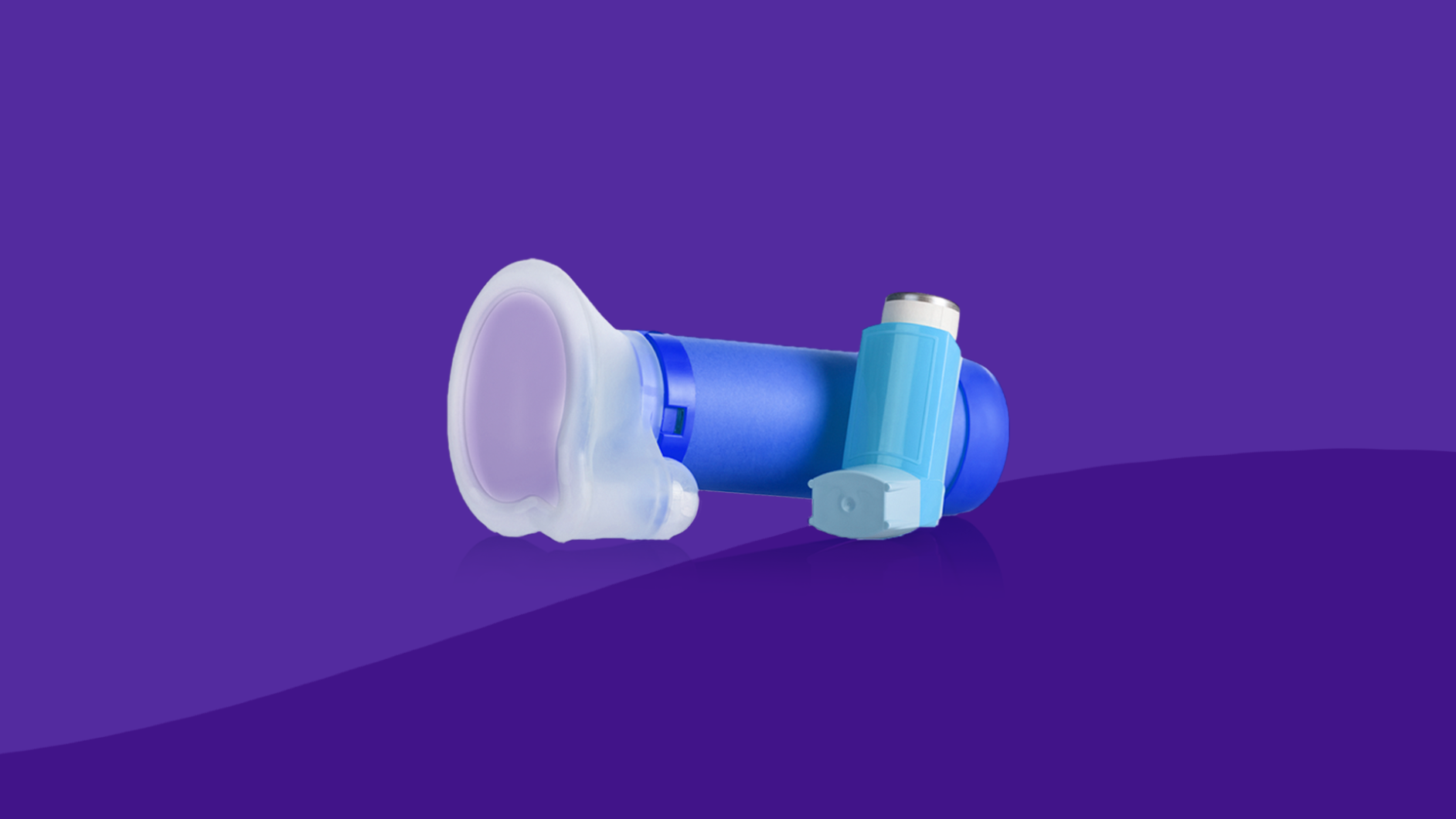Key takeaways
A recent study found that 42% of hospitalized children with asthma were using their inhalers incorrectly, often missing critical steps in the process.
The improper use of inhalers, especially the lack of a spacer, was identified as a significant issue, with the study highlighting that using a spacer can increase medicine intake from 30% to 80%.
Dr. Waheeda Samady emphasizes the importance of parents demonstrating proper inhaler technique to their children, including the use of a spacer, to ensure effective treatment.
The article provides detailed steps for correctly administering an inhaler to a child, stressing the importance of correct inhalation techniques and the role of parents in educating their children on proper usage.
If you or anyone you know suffers from asthma, you know the pain and panic that can set in when an attack comes on. Now imagine that you’re a parent whose child has that same problem—but is unable to keep it under control, even with your help.
Every year, one out of every 20 children with asthma end up in the hospital because of it. And while the CDC has found that that number has declined in the past few years, a recent study from the Journal of Hospital Medicine unveiled a shocking statistic: children hospitalized for asthma aren’t using their inhalers correctly.
The study looked at 113 children aged 2-16—55% with uncontrollable asthma—who were admitted to an inpatient ward during regular working hours. Forty-two percent of those children had improper inhaler techniques and missed at least one critical step.
That’s a pretty big deal, considering that “asthma is the most common chronic illness in childhood, accounting for 13.8 million missed school days each year,” according to statistics from the American College of Allergy, Asthma, and Immunology. And asthma can even be fatal.
For many of the study participants using the wrong technique, the error revolved around use of a spacer. A spacer is an inhaler attachment that’s essentially a holding chamber that keeps the medicine in front of your child’s mouth so they can more easily breathe it in. Nearly 20% of the children in this study didn’t use one at all.
“The most important thing parents should know is that both children of all ages and adults should use a spacer,” says lead author Dr. Waheeda Samady, hospitalist at Ann & Robert H. Lurie Children’s Hospital of Chicago, and Assistant Professor of Pediatrics at Northwestern University Feinberg School of Medicine. “It increases the amount of medicine getting in from 30% to 80%.”
Children are often taught how to use inhalers from their parents, which means that parents are also missing these critical steps when helping their child with the treatment.
Wiggly kids could also cause an issue with proper inhaler technique. If you have a small child, try cuddling while administering the treatment to ensure he or she stays still. Older children likely tolerate sitting still better than infants, but if not, explain why they need the treatment and that might help keep them in one place. Dr. Samady says, the best way to ensure your child is using his or her inhaler correctly—and to ensure you’re administering it right—is to demonstrate it yourself. If your child is school age, it’s even more imperative that they learn how to adminster their own inhaler. It’s also a good practice to walk through these steps with your child’s teacher and school nurse.
Studies are split on whether an inhaler mask or mouthpiece works better, so choose whichever method your child tolerates the best. Here are the proper steps for administering an inhaler to your child, with both a mask and a mouthpiece. The most critical steps for the treatment to work are bolded.
However, make sure you read the priming instructions for each different kind of inhaler. It is wise to keep the instructions with the inhaler as many require priming both when new and if not used for a while in order to deliver the proper amount of medication.
With a Mask:
- Remove cap of inhaler and spacer
- Shake inhaler
- Attach inhaler to spacer
- Apply mask over nose and mouth
- Hold mask firmly to make a seal on face
- Press down on canister one time to release the medicine
- Breathe in and out for six breaths
- Remove mask before breathing normally
- Breathe normally for 30–60 seconds before repeating
- Repeat steps 2 to 9 for second puff
With a Mouthpiece:
- Remove cap of inhaler and spacer
- Shake inhaler
- Attach inhaler to spacer
- Breathe out fully, away from the spacer
- Close lips around mouthpiece
- Press down on canister one time to release the medicine
- Breathe in slowly (no whistle) and deeply
- Hold breath for 5 seconds
- Remove spacer from mouth before breathing normally
- Breathe normally for 30-60 seconds before repeating
- Repeat steps 2 to 10 for second puff
Notice the emphasis on inhaling the medicine using six regular breaths or one slow, deep inhalation. Inhaling too rapidly seems to make the medicine move too quickly and hit the back of your throat instead of gently making its way in to your lungs.
If you still find your child is having trouble with their asthma even with the proper inhaler technique, take them to see a doctor.
“Asthma can be well managed in a majority of children,” Dr. Samady says. “If you feel like your child’s asthma is not under control, evaluate this with your doctor or specialist. But, one of the first steps is to check your inhaler technique is correct.”




